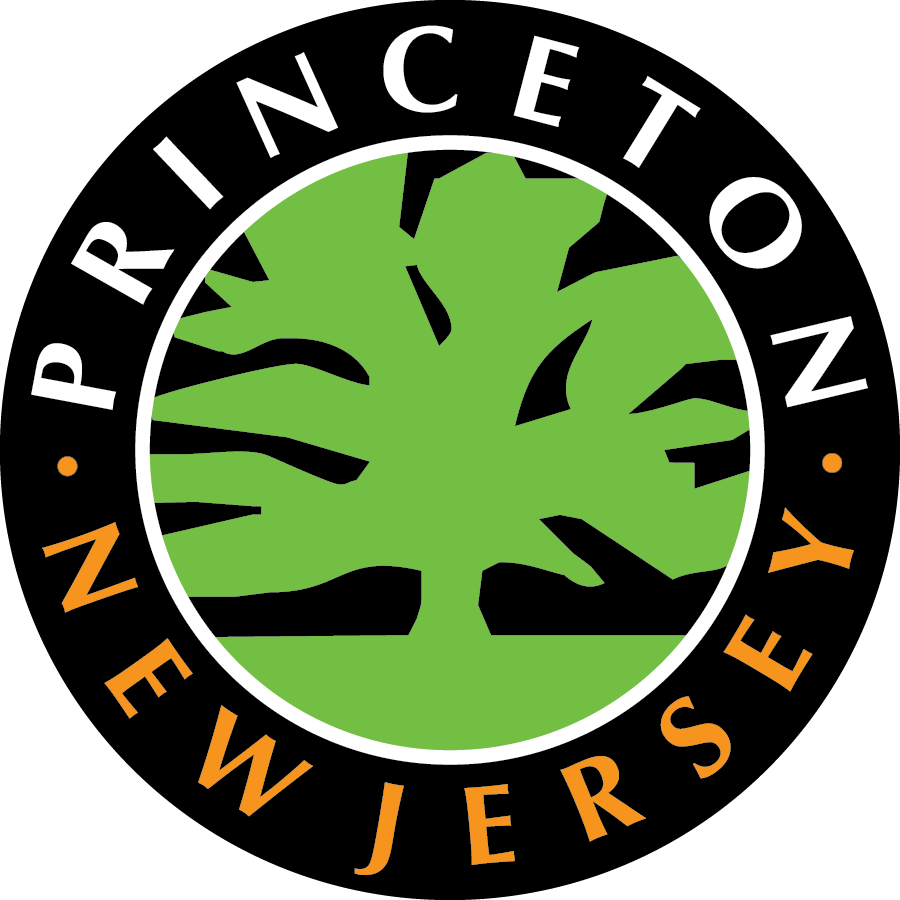Ten streets scattered throughout the town have been chosen for Princeton’s fledgling Slow Streets program, whose goal is to make them safer for pedestrians and bicyclists by closing off those streets to “through” traffic.
The Princeton Council approved the Slow Streets program at its June 15 meeting. The Princeton Bicycle Advisory Committee suggested the Slow Streets program in a memorandum to the council, in response to the increased use of sidewalks and streets in connection with the COVID-19 pandemic.
Princeton Council President David Cohen said that while the stay-at-home order was in effect, there were fewer cars on the streets. Residents and their families began to use their bicycles to get around town, and to walk for exercise.
But because sidewalks are four feet wide and social distancing measures call for keeping people at least six feet apart, some pedestrians were forced to walk in the street to avoid encountering one another if they were walking toward each other.
Under the Slow Streets program, which will begin before the end of June, the selected streets will be closed to through traffic. Their use will be restricted to residents, guests, delivery vehicles, police cars, ambulances and fire engines. Barricades and signs will be installed to alert motorists of the restrictions.
The Princeton Bicycle Advisory Committee prepared criteria and came up with a list of streets – from Library Place and Westcott Road to John Street, Clay Street, Patton Avenue, Littlebrook Road and Ridgeview Road.
Some of the streets in the Slow Street program have sidewalks and are narrow, but other streets, such as Littlebrook Road and Ridgeview Road, do not have sidewalks.
“We were looking at neighborhood streets and local streets, but also ones that would help connect people with desirable locations,” said Cohen, who is the Princeton Council liaison to the Princeton Bicycle Advisory Committee.
“John Street is one of those streets. It is seen as a connector for the entire Witherspoon-Jackson neighborhood to get down to Community Park for recreation purposes,” Cohen said.
The Princeton Bicycle Advisory Committee will evaluate the Slow Streets program every two weeks. Feedback will be sought from residents.
The streets included in the program may be adjusted and other streets may be added, based on residents’ comments. The advisory committee left the door open for residents to apply to have their street added to the list.
Cohen said it is possible, given the requests to have their street included, that “we could end up with a situation where half of the streets ask to be included. That will not be allowed to happen. If there is a lot of interest, we could rotate the streets.
“We anticipate that residents are mostly going to love this, because who doesn’t like having less traffic on their roadways,” he said.
On the other hand, Cohen said, he expects there may be some negative feedback from some drivers who like to cut through those roads.
While she was supportive of the Slow Streets program, Councilwoman Michele Pirone Lambros questioned the inclusion of Library Place and Westcott Road. Library Place is a “big vein” through Princeton, she said, adding that she frequently drives on Library Place.
The list of streets included in the initial Slow Streets program are the entire length of John Street, and Clay Street in the Witherspoon-Jackson neighborhood; Linden Lane, between Guyot and Hamilton avenues; and Patton Avenue, between Murray Place and Cedar Lane.
Cuyler Road, between Jefferson Road and Ewing Street; Dempsey Avenue and the upper portion of Walnut Lane, off Terhune Road; and Library Place and Westcott Road, between Mercer Road and Bayard Lane, are included.
The entire length of Ridgeview Road, between Cherry Hill Road and The Great Road, are in the Slow Streets program. Hutchinson Drive, which runs between Mercer Road and Route 206, is part of the program.
Finally, Littlebrook Road, between Rollingmead and Tyson Lane, is on the list to be included in the Slow Streets program.

